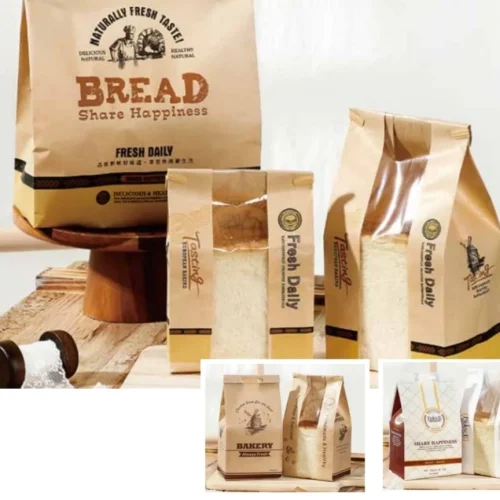In today’s fast-paced world, takeout dining has become an integral part of our daily lives. From enjoying a quick meal on a busy workday to indulging in your favorite cuisine at home, take out food containers play a pivotal role in ensuring a seamless dining experience. These containers are more than just packaging; they are a testament to convenience, food safety, and increasingly, environmental responsibility.
Evolution of Take Out Food Containers
Take out food containers have evolved significantly over the years. Early versions were often made of simple paper or aluminum, designed solely for functionality. However, as consumer demands grew and environmental awareness increased, the industry adapted by introducing innovative materials and designs that cater to a wide array of needs. Today, these containers are designed not only to maintain food quality but also to minimize environmental impact.
Types of Take Out Food Containers
Modern take out food containers come in various materials, each suited to specific purposes:
- Plastic Containers
- Lightweight and durable, plastic containers are commonly used for hot and cold food items.
- Many are microwave-safe and reusable, making them a practical choice for consumers.
- However, sustainability concerns have led to a decline in single-use plastics.
- Styrofoam Containers
- Known for their insulation properties, styrofoam containers keep food hot or cold for extended periods.
- Despite their utility, styrofoam is not biodegradable and poses environmental challenges.
- Paper-Based Containers
- Popular for their eco-friendly appeal, paper-based containers are biodegradable and often compostable.
- These are ideal for dry or moderately moist food items.
- Biodegradable and Compostable Containers
- Made from plant-based materials like bagasse, cornstarch, or bamboo, these containers are a sustainable alternative to traditional packaging.
- They break down naturally, reducing landfill waste and promoting a greener future.
- Aluminum Containers
- Perfect for baked or grilled dishes, aluminum containers are recyclable and retain heat effectively.
- They are often paired with cardboard lids for added convenience.
Key Considerations for Choosing Take Out Food Containers
When selecting the right take out food containers, businesses and consumers should consider several factors:
- Food Safety
- Ensure the container material is food-grade and free from harmful chemicals.
- Leak-proof designs are essential for dishes with sauces or gravies.
- Durability
- Sturdy containers prevent spills and maintain the integrity of the food during transportation.
- Temperature Retention
- Insulated containers are ideal for hot meals, while vented designs work best for crispy items to prevent sogginess.
- Sustainability
- Opt for biodegradable or recyclable options to reduce your environmental footprint.
- Aesthetic Appeal
- Attractive packaging enhances the overall dining experience and can serve as a marketing tool for businesses.
The Role of Take Out Food Containers in Sustainability
With growing concerns about plastic pollution and climate change, take out food containers are at the forefront of sustainable innovation. Many businesses are switching to compostable or recyclable materials, aligning with consumer preferences for eco-friendly practices. Additionally, some companies offer incentives for customers who bring their own reusable containers, further promoting waste reduction.
Governments worldwide are also stepping in by implementing regulations to phase out single-use plastics and encourage the use of sustainable alternatives. This shift not only benefits the planet but also creates opportunities for businesses to differentiate themselves through environmentally conscious practices.
Innovations in Take Out Food Containers
The future of take out food containers is promising, with continuous advancements aimed at enhancing convenience and sustainability. Some notable innovations include:
- Edible Packaging: Containers made from edible materials like seaweed or rice are gaining popularity for their zero-waste potential.
- Smart Packaging: Integrating technology such as QR codes or freshness indicators to improve the consumer experience.
- Custom Designs: Personalized containers that reflect a brand’s identity while prioritizing functionality and eco-friendliness.
Conclusion
Take out food containers are indispensable in today’s dining landscape, balancing the needs of convenience, food safety, and environmental responsibility. By choosing the right containers and embracing sustainable practices, both businesses and consumers can contribute to a greener future while enjoying the benefits of modern packaging solutions.
Whether you’re a restaurant owner looking to elevate your takeout service or a consumer aiming to make eco-conscious choices, the world of take out food containers offers endless possibilities. Together, we can ensure that every meal we enjoy on the go leaves a positive impact on the planet.


